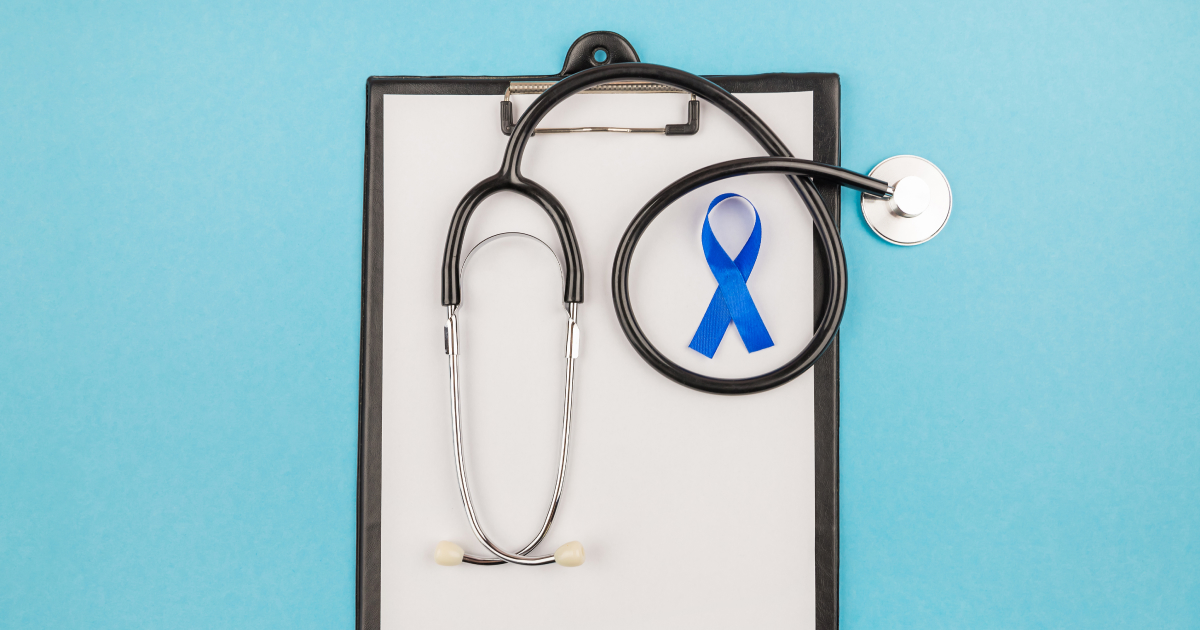
What is Prostate Problems?
The prostate gland is a walnut-sized organ located beneath the bladder and in front of the rectum, surrounding the initial portion of the urethra. It plays a key role in the male reproductive system by secreting fluid that nourishes and transports sperm during ejaculation.
Benign Prostatic Hyperplasia (BPH)
Overview: Benign Prostatic Hyperplasia (BPH) is a non-cancerous enlargement of the prostate gland that commonly affects men over 60. It can cause urinary issues due to compression of the urethra.
Symptoms
- Frequent urination, especially at night
- Weak urine stream
- Difficulty starting urination
- Urgent need to urinate
- Straining or dribbling after urination
- Incomplete bladder emptying
Complications:
- Acute urinary retention: Sudden, painful blockage requiring a catheter
- Chronic urinary retention: Increased residual urine, leading to bladder and kidney damage
- Urinary tract infections and bladder stones
Diagnosis:
- Digital Rectal Examination (DRE): Assesses the size and consistency of the prostate.
- Ultrasound: Measures prostate size and residual urine volume.
- Prostate Symptom Score (IPSS): Evaluates symptom severity.
- Laboratory Tests: Checks for infection and kidney function.
- Additional Tests: Uroflowmetry, cystoscopy, and imaging for detailed assessment.
Treatment Options:
A. Watchful Waiting and Lifestyle Changes:
- Regular bladder emptying and double voiding
- Limit fluid intake, especially before bedtime
- Avoid alcohol, caffeine, and certain medications
- Exercise regularly and practice pelvic floor exercises
- Reduce stress and manage constipation
B. Medical Treatment:
- Alpha-Blockers: Relax prostate muscles
- Anti-Androgens: Reduce prostate size
- Medications often improve symptoms in about two-thirds of men.
C. Surgical Treatment:
- Consider if symptoms persist despite other treatments.
Proper diagnosis and management are essential, as symptoms of BPH can overlap with prostate cancer


